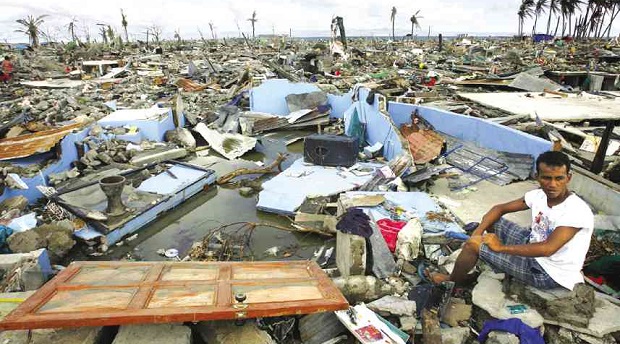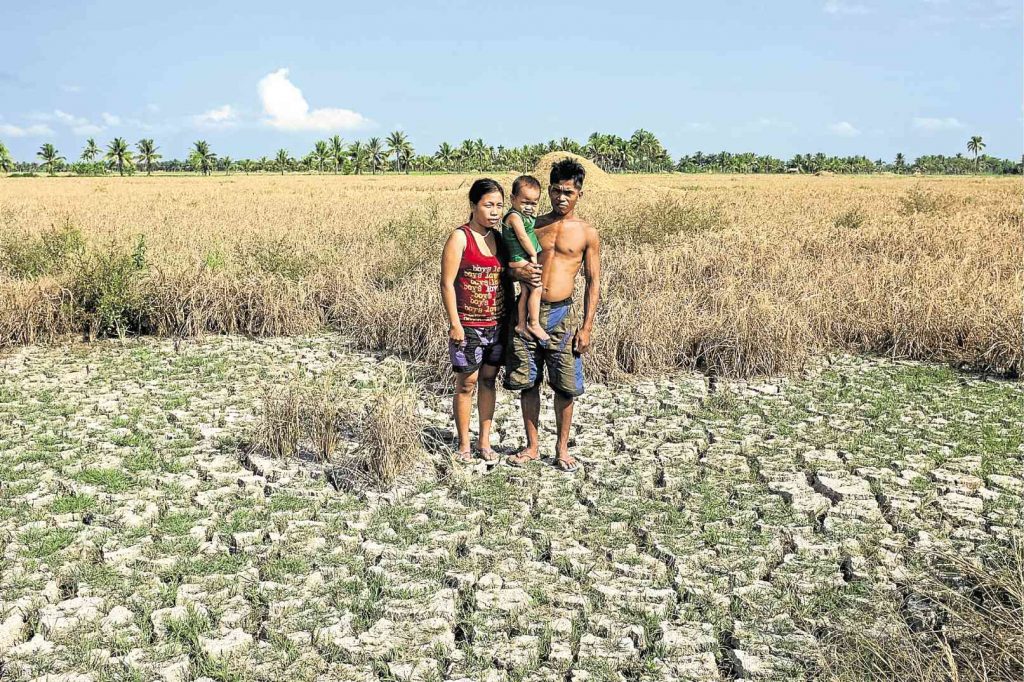With the drastic changes that have been happening in the environment—from the melting habitats of polar bears to hurricanes and floods—we cannot help but feel a certain type of loss. Seeing our homes dying speaks to us directly. We feel guilty since most of these devastating incidents are rooted in a man-made catastrophe: climate change (READ: Not convinced about climate change? Watch this documentary). But aside from that, we also mourn—and this kind of mourning is something linguists and environmentalists would like to call “solastalgia.”

It’s like being homesick, but having the gut feeling that you won’t ever get to return to that home. In the research Solastalgia: A New Concept in Health and Identity by environmental philosopher Glenn Albrecht, the term is said to be rooted in “the concepts of ‘solace’ and ‘desolation.'”
“It is the pain experienced when there is recognition that the place where one resides and that one loves is under immediate assault or physical desolation,” Albrecht wrote. He added that solastalgia reflects a person’s intense desire for the place which used to give comfort but has eroded or been attacked.
Natural and artificial calamities can cause this, such as earthquakes, drought, fire, flood, war, terrorism, and even gentrification. And it may not be obvious at first, but it results in the social instability of a person.
It may even cause drug abuse, mental illness, and suicide, another study by Pierre Horwitz noted. “Rarely is environmental change regarded as a possible contributing factor, yet landscape degradation, manifesting as soil erosion, river or wetland degradation, or increasing salinity on previously productive land, may underlie or exacerbate any of these other contributing factor,” he said.
Emotional impact to farmers, indigenous communities
Farmers and their families are just some of the people who experience solastalgia. Not only are their jobs highly affected by environmental changes, they are also prone to being victims of home eviction, which are more often than not caused by capitalists in industries.

Members of the indigenous communities have also been recorded to be experiencing physical and mental illnesses caused by the continuous destruction of their cultural traditions and lands. There are even “high and increasing rates of indigenous suicide” in Australia in the early 2000s, when modernization and urbanization started rising to its peak.
Solastalgia serves as a reminder that our ignorance in protecting the environment harms not only our physical health. Its destruction puts us in a constant state of longing for something that we witness disappearing right before our eyes.
It’s not like nostalgia when we look at “some golden past nor is it about seeking another place as ‘home,'” Albrecht said. But it is the feeling of dislocation and helplessness as more powerful forces and large number of people continue to destroy our environment.
And this feeling is not limited to people. It is felt in every ecosystem.
We may now know how to describe this emotional distress, but that doesn’t mean we have to stop there. It is now proven that the drastic climate change doesn’t only affect animals or plants; it affects us and our well-beings physically, mentally, and now, emotionally, too.
Header image shows a barangay in Palo, Leyte, which is left in ruins by Supertyphoon “Yolanda” in 2013. Photo courtesy of Philippine Daily Inquirer
Get more stories like this by subscribing to our newsletter here.
Read more:
More than 20 heritage churches in Pampanga damaged by earthquake
Environment stories to inspire us this Earth Day 2019
Celebrate Earth Day at Arroceros Forest Park, the “last lung” of Manila
Earth Hour alone cannot save the planet. But saving electricity might
Read more by Amierielle Anne Bulan:
2018 was Earth’s 4th hottest year on record, study finds
Attention companies: Durian can be your answer to earth-friendly packaging














































